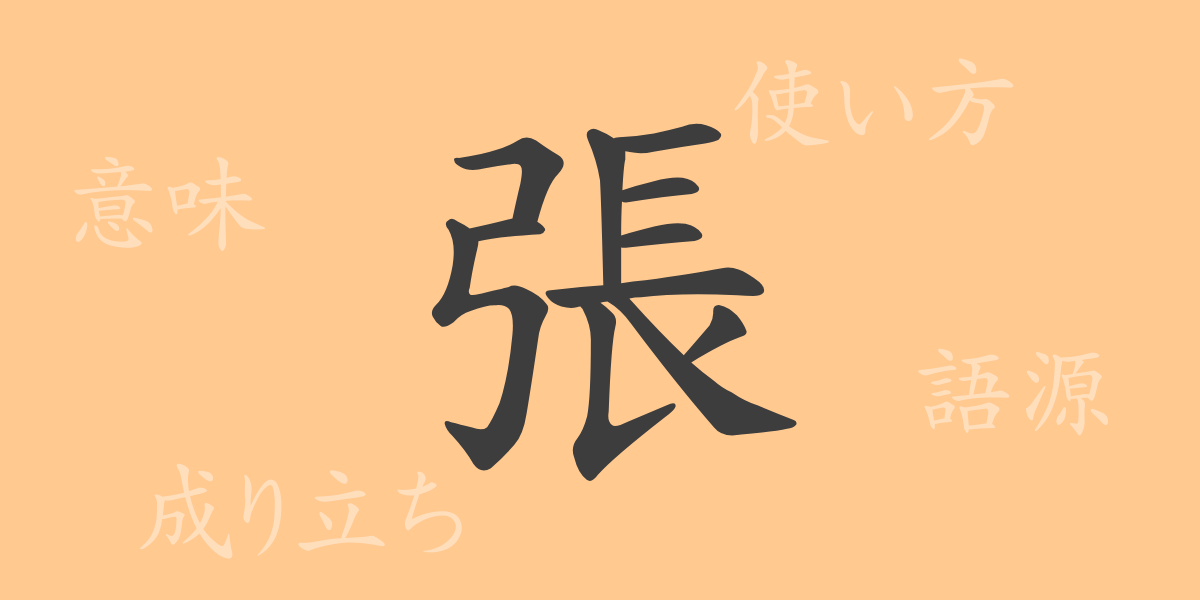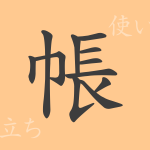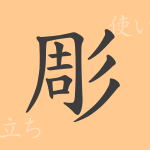The depth and history embedded in each kanji character reveal much about a culture and its language. The commonly used Japanese kanji ‘張(チョウ)’ is no exception, embodying a dynamic history and a spectrum of meanings. This article delves into the origins, idiomatic expressions, and contemporary usage of ‘張’, enriching your understanding of Japanese and enhancing your language skills with SEO-optimized content.
Origins of ‘張(チョウ)’
The kanji ‘張’ originates from ancient China, with its design reflecting the action of drawing a bow, combining the radical for bow, ‘弓’, with ‘長(チョウ)’, enhancing its meaning to stretching or spreading. Originally depicting the act of stretching a bowstring, it has evolved to express broader notions such as expanding or extending in various metaphorical senses, becoming a versatile character in modern Japanese.
Meaning and Usage of ‘張(チョウ)’
‘張’ commonly describes the physical act of stretching or expanding. However, it also permeates into expressions of mental or emotional strain, as in ‘気を張る’ (to be cautious) and ‘名を張る’ (to establish a reputation). It appears in competitive contexts as well, used in phrases like ‘張り合う’ (to compete against), illustrating the flexibility and depth of ‘張’ in Japanese.
Readings, Stroke Count, and Radical of ‘張(チョウ)’
The character ‘張’ is informative both in its structure and its phonetic and semantic aspects:
- Readings: On’yomi ‘チョウ’, Kun’yomi ‘はる’
- Stroke Count: Composed of 11 strokes.
- Radical: The radical is ‘弓’, associated with bows and archery.
Idioms, Phrases, and Proverbs Using ‘張(チョウ)’
‘張’ is part of many idioms and phrases that reflect various aspects of Japanese culture:
- 意気を張る: To boost one’s spirit.
- 張り切る: To be enthusiastic or eager.
- 張本人: The main person responsible for an action or event.
- 火中の栗を拾う: To go through dangers for others, akin to ‘picking chestnuts out of the fire’.
Conclusion on ‘張(チョウ)’
This exploration into the kanji ‘張’ reveals its multifaceted meanings and uses, from its origins to its role in contemporary Japanese. For learners of Japanese, such characters offer a gateway into the rich tapestry of the language, providing deep insights into not just communication but also the cultural and historical context that shapes it. ‘張’ as a common kanji in Japanese plays a crucial role in both everyday and professional communications.

























